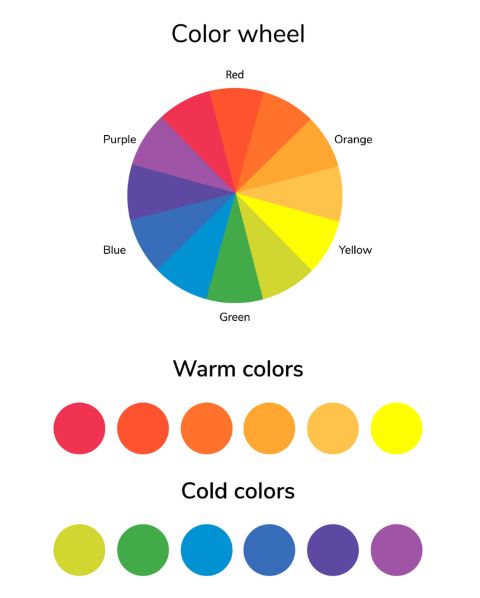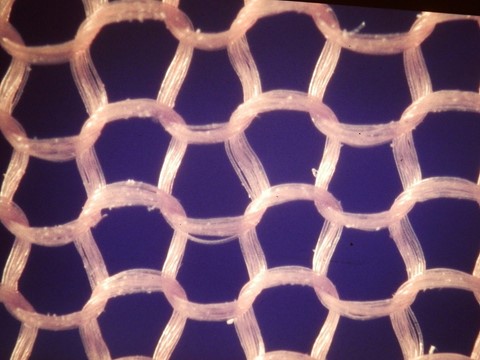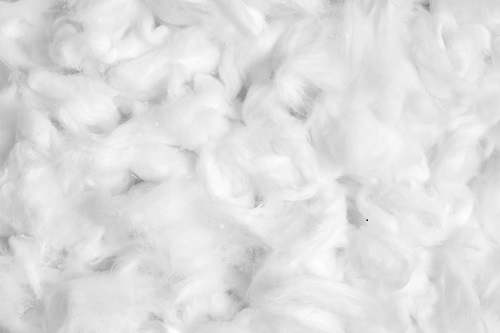
August 3, 2021
Understand the relationship between temperature and touch
The apparel industry is comprised of companies that design, produce and sell clothing, footwear, and accessories. This industry represents one of the largest consumer markets in Canada valued at approximately 24.95 billion USD in 2016. The value of the apparel industry continues to grow and is expected to reach an estimated 29.66 billion by 2020. Multiple aspects contribute to an apparel/clothing company’s success in this extremely competitive global market. Some of these aspects include popular style, visually appealing designs, and material quality. Creating a product made of a high-quality material can have a large impact on the popularity and performance of that clothing item. The thermal properties of a textile or fabric can play a huge role in how that article of clothing functions when exposed to different environmental conditions. A property of fabric known as thermal effusivity is the secret behind what makes a workout shirt effective at wicking moisture or a wool sweater able to retain warmth. Taking the thermal effusivity of a fabric into consideration when designing a piece of clothing can impact its performance, durability, and popularity.
A materials effusivity is a measure of its ability to exchange thermal energy with its surroundings. Although the quantity of thermal effusivity can be expressed in bulk property terms of e = √k∙ρ∙Cρ when measured, it is not measured in terms of bulk properties.
e is thermal effusivity
k is thermal conductivity
p is density
Cp is heat capacity
One application of thermal effusivity is the qualitative measurement of coolness or warmth feel of materials on textiles and fabrics. When a textile or fabric is measured from the surface with short test times by any transient method or instrument, the measured effusivity includes various heat transfer mechanisms, including conductivity, convection and radiation, as well as contact resistance between the sensor and sample. As the dominant property in the thermal effusivity expression is thermal conductivity, which is valid for solids only, the term used to properly describe the measured value is thermal conductance. When considering this point in terms of thermal effusivity, the more appropriate term becomes thermal effusance. With this understanding, thermal conductivity should never be backed out of the thermal effusivity expression. This is an important fact when considering qualitative use of thermal effusivity for testing non-solids.
The thermal properties of a material or a piece of clothing can be determined by senses other than touch. These influencing senses include visual (colour), auditory and tactile. To find a desirable thermal balance, apparel companies need to consider all sensatory inputs. The colour of a garment can change the warmth perception of a piece of clothing in a remarkably large range of 3 – 4°C. The “warm” range generally occurs between yellow and red-violet on the colour circle and the “cold” range between blue-violet and yellow-green. Clothing made of fur and leather frequently appear warmer than synthetic materials due to their life-like appearance that is commonly associated with internal heat and warmth.

Figure 1: Color circle sectioned into warm and cold colors.
Harnessing the thermal power of fabrics and textiles has contributed to the marketing and retail success of multiple styles of clothing. Activewear is one sector of the apparel industry that places a heavy reliance on the thermal performance of fabric. Nylon and spandex are two of the most popular activewear materials that have thermal effusivity – thermal effusance to thank for their success in the ambitious clothing market. Nylon is an affordable alternative to silk that is derived from plant-based synthetic materials. Spandex, (an anagram for “expands”), is mainly composed of polyurethane, a common home and building insulation material. Not only are both very stretchy materials but they have a relatively high thermal effusivity– thermal effusance enabling them to facilitate heat transfer from the wearer to their environment. The cooling aspect of spandex and nylon is ideal for workout clothing and has led to a global increase in their production levels over the past decade. As of 2010, spandex was present in roughly 80% of all clothing manufactured in the United States making it one of the most popular man-made fabrics in North America. These moisture wicking and heat dissipating materials continue to gain popularity in the global apparel markets as breathable alternatives for conventional cotton.

Figure 2: Microscopic view of synthetic nylon fibers.
Most conventional fabric is composed of either cotton, silk or wool fibers that are woven and knitted together using a variety of techniques. Cotton is an extremely popular fabric that is generally used make relatively inexpensive clothing. Cotton is composed of over 85% cellulose, the most abundant natural polymer in the world. Cellulose has an extremely unique molecular structure that strongly influences its thermal capacity and thermal conductivity. Each cell’s structure consists of intertwining rings that have a hollow center filled with air. Due to the additional air concentration that is present in cotton fabrics, they have a low thermal effusivity – thermal effusance and feel warm to the touch. Although cotton is a good insulator, it has poor elasticity and quickly absorbs moisture making its thermal properties only efficient in stable conditions.

Figure 3: Cotton fibers.
The ability of a fabric to adapt to a changing environment can increase its desirability among consumers. If a fabric readily absorbs moisture, it will quickly become more thermally conductive and facilitate heat loss from the wearer to the surrounding environment. Cotton is an example of a fabric that is quick to absorb moisture which decreases it’s insulative properties. A fabric that repels moisture can maintain a lower thermal conductivity and effusivity – thermal effusance keeping the body warm for longer periods of time. Wool is a material that has a low thermal effusivity – thermal effusance and can easily wick away moisture. Wool is a natural product that is made from sheep fur and can absorb 1/3 of its weight in water before appearing wet. This quality makes it one of the top insulative materials on the market. Standard sheep wool is commonly used to make blankets, insulation, and clothing. Each wool fiber contains high levels of keratin, a protein with an extremely low thermal conductivity that is also moisture repellent. The large percent of keratin present in wool is the reason the woven fibers can maintain a set shape and create a tight moisture barrier. Wool is a very sustainable fabric that can be manufactured without the use of any synthetic products or processes. It is an extremely versatile fabric that can be used to produce numerous types of clothing such as sweat resistant clothing or warm insulative jackets. Wool is undeniably one of the leading thermal fabrics on the market and is very sustainable due to its environmentally friendly production system.
Selecting a fabric with the ideal thermal properties is not an easy task and can be influenced by a consumer’s perception of warmth as well by multiple environmental factors. Clothing designers are constantly challenged to create products that will satisfy a consumer’s visual standards and help them maintain a high degree of comfort. As the apparel industry continues to grow, so does the amount of competition. A high level of competition makes even a small aspect, such as the thermal effusivity – thermal effusance of a material, able to make a substantial difference between a product that fails and a product that functions.
Author: Kallista Wilson, Junior Technical Writer
Thermal Effusivity. (n.d.). Retrieved from https://www.sciencedirect.com/topics/engineering/thermal-effusivity
Lipscomb, D. (2019, March 14). Benefits Of Nylon. Retrieved from https://www.leaf.tv/articles/benefits-of-nylon/
Rajendran, S., Rajendran, S., & Bapuji Institute of Engineering & Technology. (2017, August 27). Spandex Fibres- Processing, Properties & Applications. Retrieved from https://www.textilemates.com/spandex-fibres-procesing-properties-uses/
Thermal Conductivity of Cotton Insulation. (n.d.). Retrieved from https://www.nuclear-power.net/nuclear-engineering/heat-transfer/heat-losses/insulation-materials/thermal-conductivity-of-cotton-insulation/
Eaglescliffe, B. (2019, June 28). Advantages of Using Natural Wool Fiber From Sheep, Goats, Rabbits and Yak. Retrieved from https://owlcation.com/agriculture/Advantages-of-Using-Natural-Wool-Fiber
Canada’s apparel market: Forecasted market value 2020. (n.d.). Retrieved from https://www.statista.com/statistics/651098/apparel-market-value-canada/
University of New Brunswick Libraries. (n.d.). Retrieved from https://www-sciencedirect-com.proxy.hil.unb.ca/science/article/pii/S0142941807001316
Graph: FashionUnited. (n.d.). Fashion Statistics Canada. Retrieved from https://fashionunited.ca/fashion-industry-statistics-canada/
Images:
https://www.shutterstock.com/image-photo/different-clothes-on-rack-440287354
https://commons.wikimedia.org/wiki/File:Particolare_di_calza_di_nylon.jpg
https://www.shutterstock.com/image-photo/cotton-fiber-texture-background-white-fluffy-1501661933